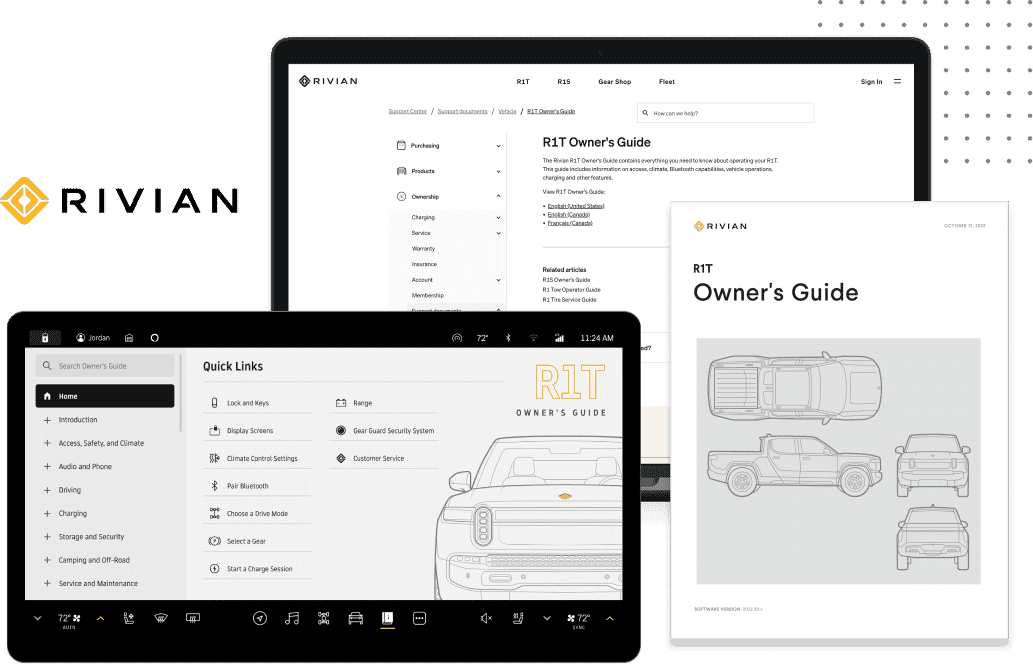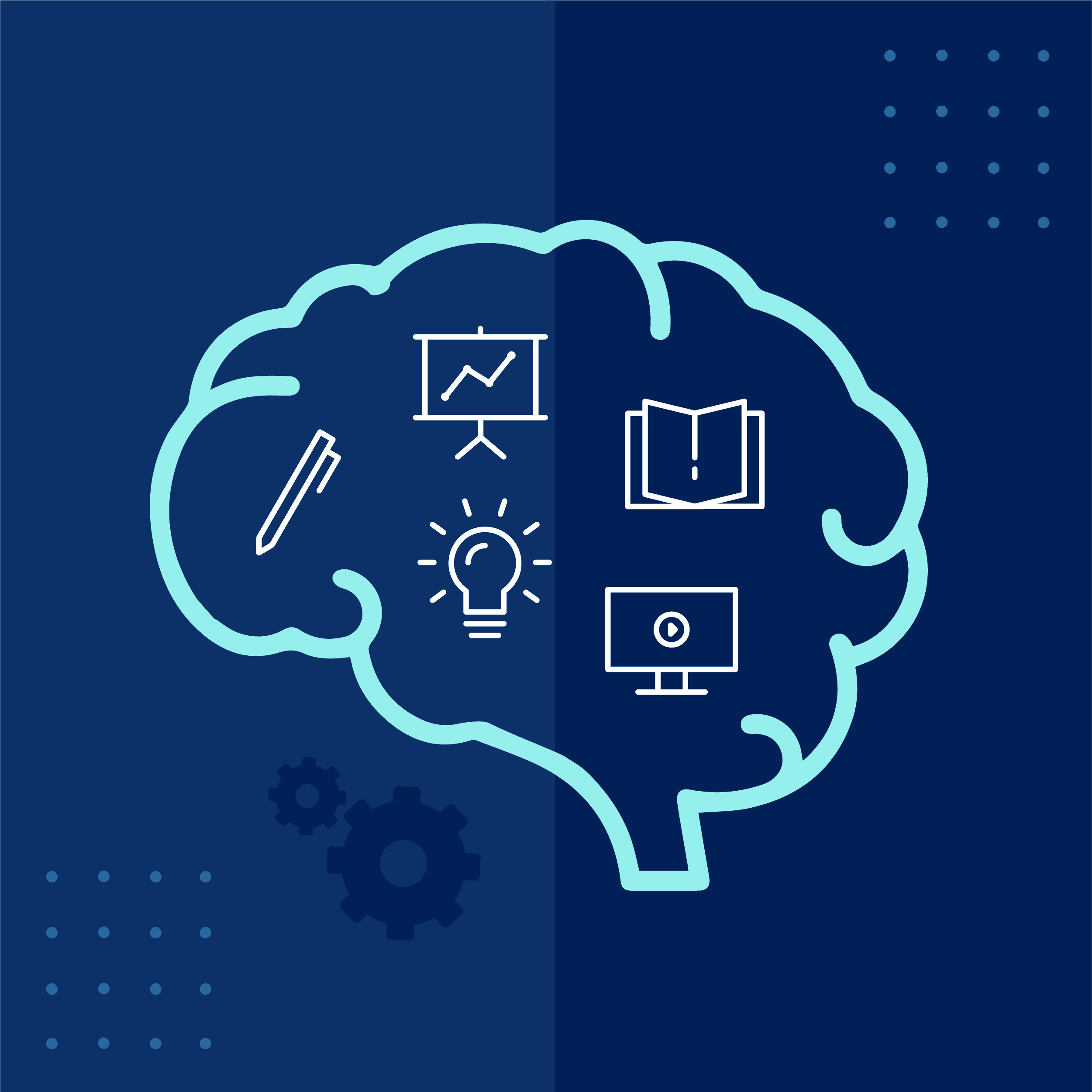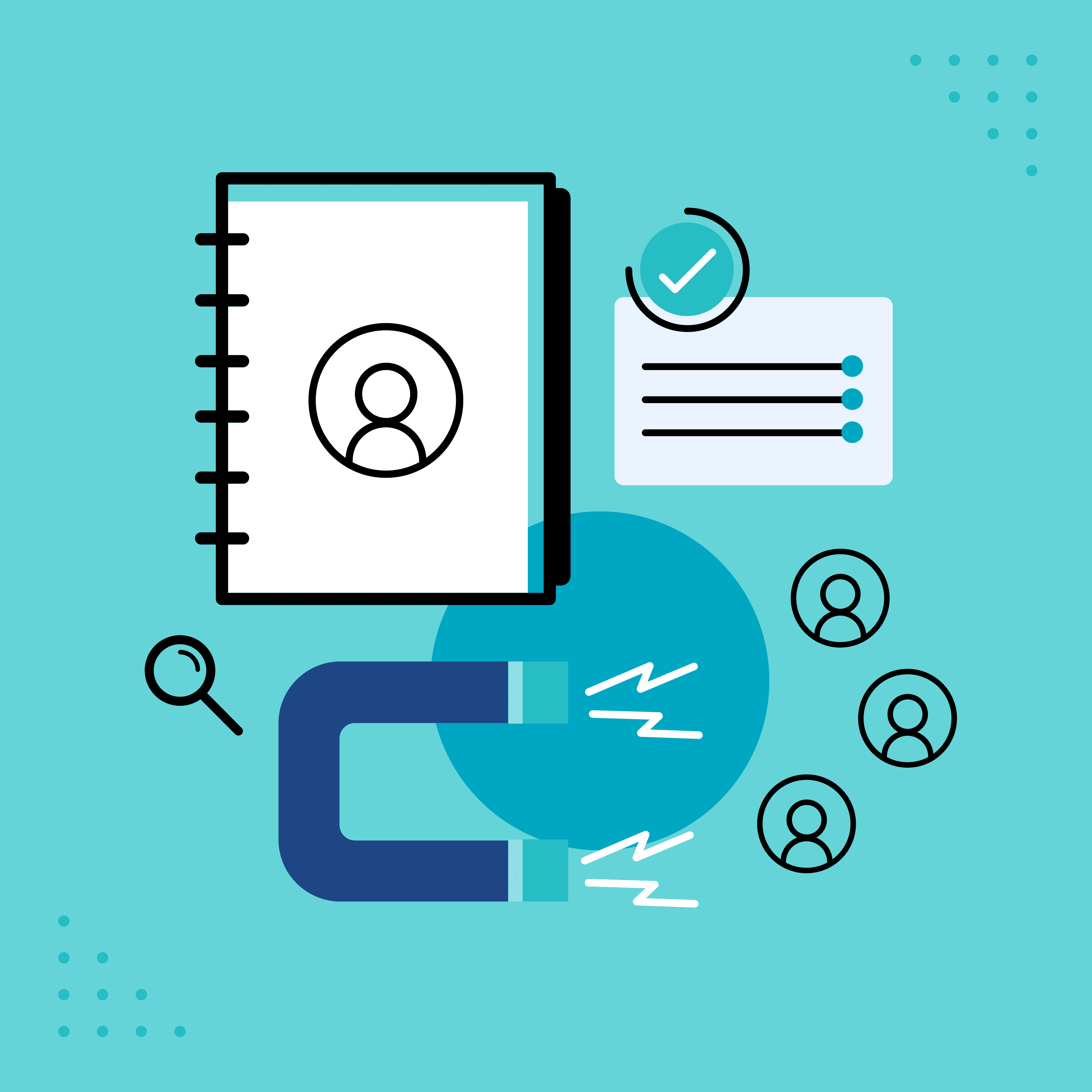An employee training program is vital for driving organizational development, growth, and competitiveness. As skill requirements rapidly evolve—shifting by 25% since 2015 and projected to double by 2027, according to LinkedIn’s 2023 Workplace Learning Report—organizations must ensure their workforce is prepared to meet new challenges effectively.
To build development training course programs that are scalable, adaptable, and impactful in this fast-changing environment, organizations are turning to Learning Content Management Systems (LCMS). An LCMS is designed to simplify the creation, management, and delivery of training content, ensuring efficiency and consistency across an organization’s workforce.
This blog will explore how an LCMS enhances employee training course programs, delve into its key features and benefits, explore tips on how to improve employee training programs, and share real-world success stories demonstrating its transformative impact.
Introduction to LCMS
An LCMS is more than just a technological tool—it’s a strategic platform designed to streamline the entire lifecycle of job training content. While a traditional Learning Management System (LMS) is focused on distributing and tracking training courses, an LCMS allows organizations to manage the creation, organization, and delivery of content, enabling them to meet evolving training demands efficiently.
By centralizing training content, it provides a unified location for all learning materials, ensuring consistency and easy access across teams and locations. With its modular design, organizations can repurpose content, save time, and maximize resource efficiency. The ability to analyze learner performance and content effectiveness through built-in analytics helps organizations refine training strategies, address skill gaps, and continually improve their programs.

Key Features and Benefits of Using an LCMS for Training
An LCMS offers a range of features that enhance employee training across industries. One of the primary benefits is its ability to centralize content management. This improves consistency and facilitates rapid updates to job training materials, making it easy to respond to new industry regulations or organizational changes.
For global organizations, an LCMS ensures uniform training across locations, eliminating inconsistencies that might arise when content is stored and distributed across different platforms. The modular design of an LCMS supports content repurposing, making it easier to deliver relevant development and learning experiences to other teams or regions without duplicating efforts.
Furthermore, an LCMS enhances learner development and engagement. By integrating multimedia and interactive elements, training becomes more engaging and better aligned with employees' learning preferences. Analytics tools built into the system allow organizations to track learner progress, identify engagement trends, and measure the impact of their job training programs, ultimately leading to improved results.
Developing Effective Employee Training Programs
Effective employee training programs need more than simply selecting topics and scheduling sessions—they must align with organizational goals, employee jobs, and industry standards. Successful training programs should focus on three key components: clear goals, engaging content, and measurable outcomes.
- Clear Goals: Each program should have specific, actionable objectives, such as improving sales, accelerating onboarding, or ensuring compliance. Clearly defined goals help set a foundation for success.
- Engaging Content: To retain knowledge, training must be relevant and engaging. Interactive content, multimedia, and real-world scenarios make learning more relatable and impactful.
- Measurable Outcomes: Tracking progress and evaluating success is essential. Metrics like improved productivity, customer satisfaction, and faster project completion help measure training’s effectiveness.
By focusing on these core elements, organizations can design training course programs that generate meaningful, measurable business results.

Best Practices for Training Program Implementation
- Start Small and Scale Up
Begin with a pilot program to test training materials and gather feedback before organization-wide rollout. A modular approach to content creation ensures that lessons can be refined and repurposed efficiently for different teams or regions, reducing duplication of effort and streamlining scalability. - Integrate Training into Daily Workflows
Training works best when it aligns seamlessly with employees’ day-to-day tasks. Microlearning—short, targeted lessons—makes this possible. With tools that allow centralized content access and easy updates, organizations can deliver bite-sized training that employees can consume on demand. - Leverage Analytics for Continuous Improvement
Built-in analytics tools provide insights into learner engagement, development, and content effectiveness. By tracking completion rates, module performance, and knowledge retention, organizations can identify areas for improvement and refine their programs to drive better outcomes. - Encourage Collaboration for Peer Learning
Supplement formal training programs with collaborative tools to enable peer-to-peer knowledge sharing. Informal learning and development opportunities, such as team discussions or shared resources, enhance content for employee engagement and foster a culture of continuous improvement using content collaboration software.
Role of LCMS in Employee Training
A robust LCMS plays a transformative role in enhancing every stage of employee training. Streamlining content creation, delivery, and tracking empowers organizations to build training course and programs that are efficient, consistent, and scalable.
Enhancing Content Creation and Management
Developing high-quality, engaging training content can be a time-consuming task. This process is simplified with an LCMS as it centralizes control over content creation, enabling teams to collaborate within a single system. Leveraging content authoring software helps ensure content is consistent and aligned with organizational goals, minimizing discrepancies and reducing the time spent on revisions.
Delivering Consistent and Trackable Training
An LCMS also ensures that training materials are consistent across all teams and locations, which is especially valuable for global organizations. Whether employees complete a compliance module in New York or a leadership training program in Tokyo, the learning experience remains uniform. Moreover, with a robust content delivery platform, organizations can offer valuable insights into learner progress, identifying areas where engagement may lag or additional content is needed. Organizations can continuously refine their training programs by tracking completion rates, module effectiveness, and learner engagement.

How MBA Transformed Onboarding and Training Efficiency with LCMS
The Mortgage Bankers Association (MBA) faced significant challenges due to inefficient, manual workflows that slowed content management, increased operational costs, affected staff retention, and led to revenue loss. The association needed a solution to simplify training content creation, management, and delivery to accommodate its growing membership base.
By implementing an LCMS like MadCap Create, MBA revolutionized its training processes. The LCMS enabled seamless distribution of educational content across multiple LMSs, reducing manual effort and enhancing the learner experience. As a result, MBA’s membership grew from 4,000 to over 50,000 learners, and customer satisfaction increased to 94%.
This success story highlights the transformative power of MadCap Create’s LCMS, now part of MadCap Software’s portfolio of solutions. The acquisition underscores MadCap Software’s commitment to driving innovation in content management and delivering tools that empower organizations to scale and optimize their training programs effectively.
An effective employee training program is more important than ever in today's rapidly changing business landscape. By leveraging an LCMS, organizations can simplify content creation, ensure consistency, and deliver engaging, personalized learning and development experiences that improve employee performance and drive business success.
Implementing an LCMS is a transformative approach to building scalable, efficient, and practical training programs that align with business objectives. Whether you're looking to improve onboarding, enhance compliance training, or develop job specific learning paths, an LCMS provides the tools you need to succeed.
How MadCap Create Can Enhance Your Training Programs
MadCap Create simplifies and streamlines every stage of your training program—from content creation to delivery and performance tracking.
- Centralized Content Management: Create and manage all training materials in one platform, ensuring consistency and reducing duplication across teams and regions.
- Modular Content Design: Develop reusable, modular content that can be updated quickly and repurposed for different roles, departments, or learning paths, saving time and resources.
- Seamless Delivery Across Systems: Deliver training content across multiple LMSs or platforms effortlessly, ensuring a consistent learning experience for employees, regardless of location.
- Data-Driven Insights: Track learner progress, completion rates, and content effectiveness with built-in analytics, enabling you to identify skill gaps and refine training strategies for measurable results.
Whether you're scaling onboarding, enhancing compliance programs, or developing job specific learning, MadCap Create provides the tools to optimize and future-proof your employee training strategy.











